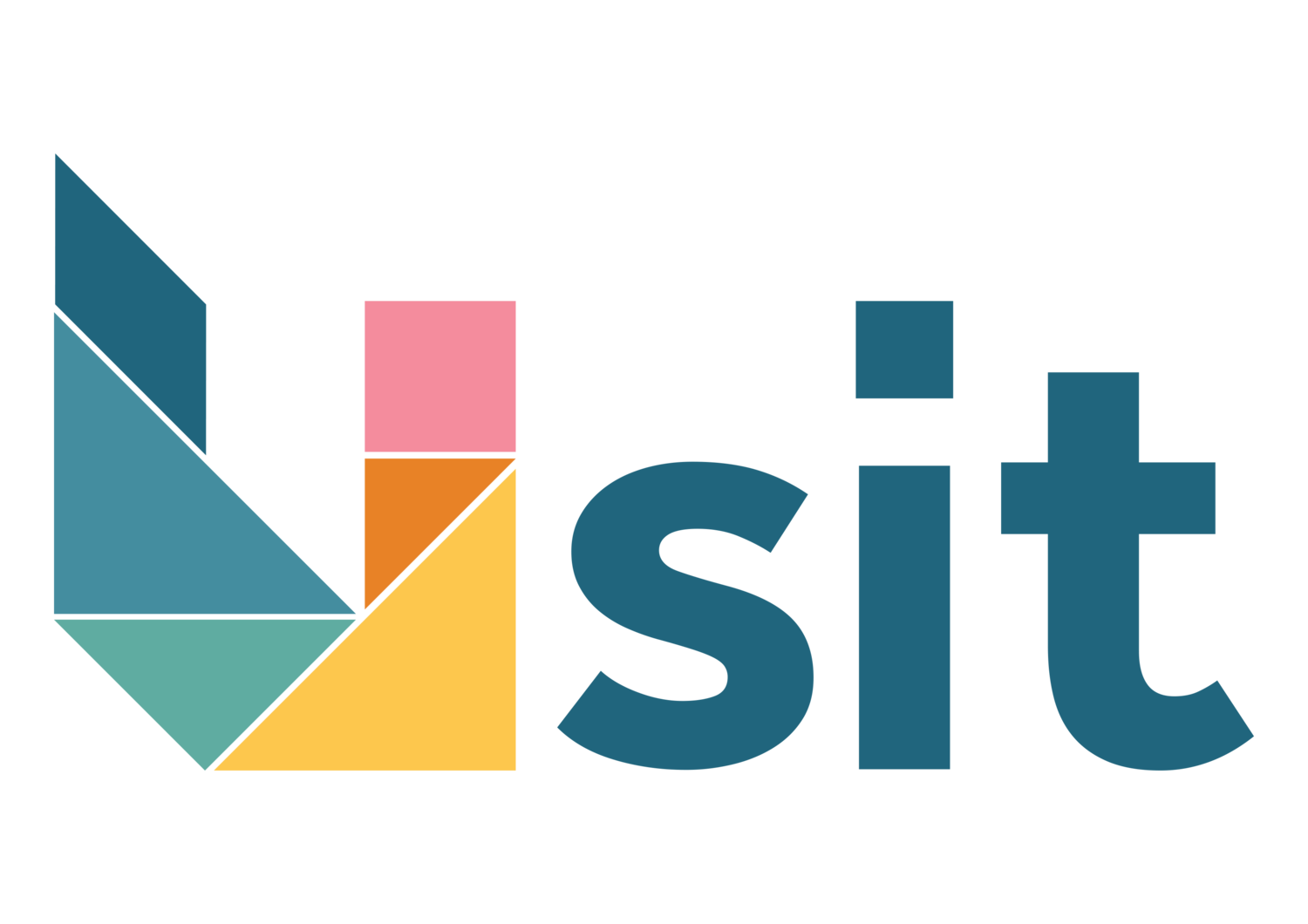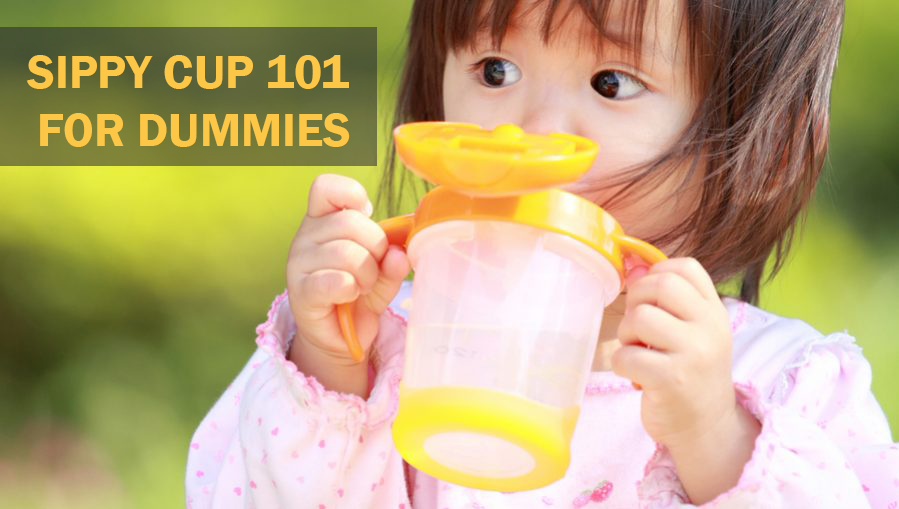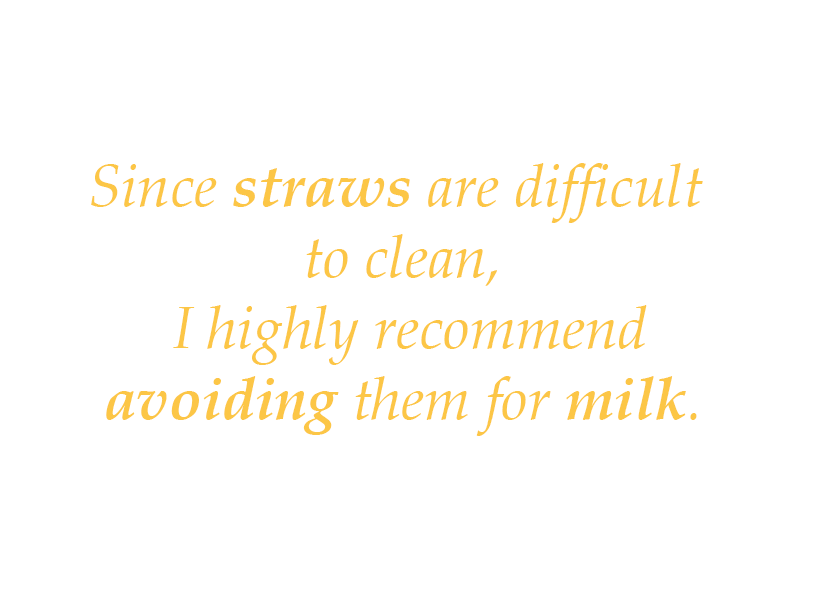By Rachel Gordon | Twinsie Tips
The sooner you introduce your child to a sippy cup the better. Ideally, your child will be done with bottles by one. We quit bottles cold turkey the day after my girls turned one, but because we started with a sippy cup early, it was not a difficult transition.
Favorite Sippy Cups:
I am a supporter of trying many different cups for two reasons.
- Your child may learn to use all of them and have no issues with using any type of cup or
- Your child may prefer 1-2 and you will be able to find your favorite. Here are my favorite cups:
Water: I like a weighted straw cup for water. These are my favorite.
Milk: Since straws are difficult to clean, I highly recommend avoiding them for milk. I like these and these for milk.
Recommendations of introducing sippy cups broken up by age range (as always, speak to your pediatrician -- my recommendations are based on healthy, full-term babies):
4-6 months
When you decide to introduce solids, you should also introduce the sippy cup. But do not stress about it. When you put your child in the high chair offer them a sippy cup with a little formula or breast milk. If they drink, awesome, but more than likely they will just pick it up and explore. They may throw it on the ground too, but that’s ok. Just keep offering and be patient. Do not stress.
6 months
The American Academy of Pediatrics (AAP) recommends only breast milk or formula until 6 months, but at 6 months you can give a little water. If you are introducing solids at 6 months, I would probably start by putting a little breast milk or formula in the sippy cup for a few weeks because it is something they are used to so it will help them recognize that they should try to drink out of the cup. But after a few weeks, don’t waste your precious formula or breast milk on the sippy cup since they will barely be getting any anyways. Water is totally fine. Continue to offer the sippy cup with every meal.
At 6 months your baby should be receiving 4 bottles a day (breast milk or formula with somewhere between 24-32 ounces every 24 hours). They should also be getting some solid food at this point (of course, whenever food is offered, the sippy cup should be too).
See my article on introducing solids here.
8-9 months
Your child should be getting the hang of the sippy cup by now. Keep water in the sippy and offer at every meal. Your baby should be enjoying 3 meals a day at this point.
10 months
Schedule change. At 10 months I switched from 4 bottles and 3 meals to 2 bottles, 3 meals (with water), and two snacks (with sippy cups of formula). Here is what our schedule at 10 months looked like (adjust to do what works for your family):
7am: Wake up and receive a bottle of formula/breast milk 6-8 ounces
8am: Breakfast (with a sippy cup of water) then play until nap
9am: Nap
11am: Sippy cup of formula/breast milk 4-6 oz and a small snack (my girls loved string cheese or blueberries!)
12pm: Lunch with sippy cup of water
1pm: Nap
3pm: Sippy cup of formula/breast milk 4-6 oz and a small snack (my girls loved string cheese or blueberries!)
5:30pm: Dinner - we try to eat as a family, but I recognize that is not something everyone can do. But it is nice to try to eat together at least on weekends or when your schedule allows. I like this high chair because we can pull it up to the table
6:30pm: Bath - we bathe the girls together because it makes our lives so much easier
7pm: Into pajamas and last bottle of the night. Begin nighttime routine (see related article)
7:30pm: Brush teeth, change diapers and get in bed
One-year old
Pediatricians recommend getting rid of the bottle by one. At one, we did the same exact schedule as 10-month, but we dropped the morning and nighttime bottles for sippy cups. Did you know that giving your child a bottle after one can lead to dental problems? Also, bottle time after one can lead to more ear infections. I know your baby loves the bottle, but you are going to have to get rid of it at some point. It is easier to break the habit at one then it is to do it later. If you stick to my tips above, the transition should be relatively easy.



